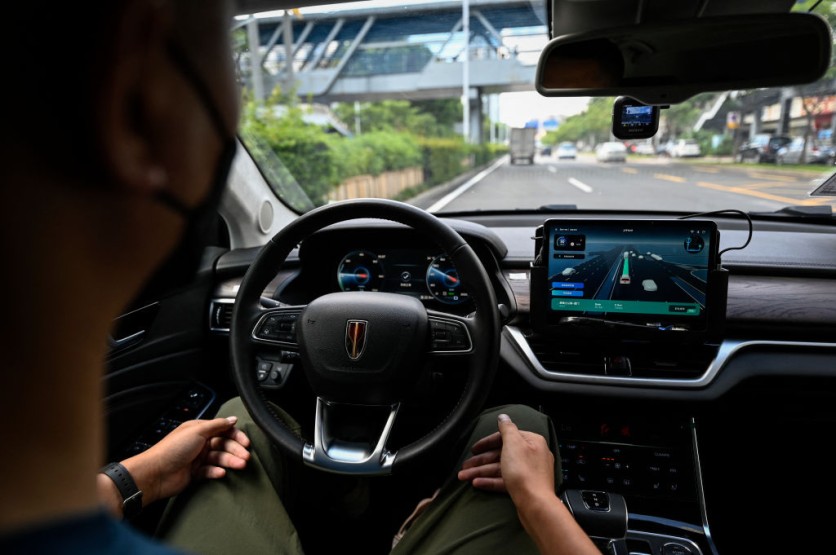Cruise, the self-driving unit under GM, has made its robotaxi service accessible to Android phone users through the development of an Android app, reported first by TechCrunch.
The company announced on Tuesday that it has begun onboarding Android users from its waitlist, expanding its reach beyond San Francisco to cities like Austin and Phoenix.

Cruise's Tiers of Services
Cruise offers different types of service, including a commercial service that operates during late-night hours in specific neighborhoods of San Francisco.
Additionally, there are "power users" who provide regular feedback to Cruise and have access to an expanded service area at night, as well as the ability to use the robotaxis during the day.
While some members of the public have been gradually added to the expanded service area, rides within that region are currently free. Furthermore, Cruise employees have 24/7 access to the service throughout the city.
In an effort to familiarize autonomous vehicles with the cities of Houston and Dallas, Cruise expanded its robotaxi testing to these locations.
However, the focus is currently on acclimating the vehicles to the urban environment rather than offering rides to passengers instantly. Residents can expect to spot Cruise's robotaxis navigating the streets with a safe driver.
Read Also : Waymo, Cruise Gets Permit for Robotaxi and Self-Driving Ventures in SF, Receiving Payments for Rides
Concerns from Authorities
Although Cruise has made significant advancements, concerns from authorities have been raised. The San Francisco Transportation Authority, in particular, expressed worries and called for regulatory restrictions or a temporary halt to Cruise's expansion, citing incidents where the self-driving vehicles abruptly halted in traffic, causing disruptions for emergency vehicles.
Despite these concerns, Cruise has continued to make progress.
Cruise recently achieved a milestone by completing one million miles in fully driverless mode and extended the availability of its robotaxis in San Francisco to operate round the clock, albeit exclusively for employees at present.
The general public's access to robotaxi rides in Houston and Dallas is expected to take several months, with an exact date yet to be disclosed. Initially, the service may be limited to a select group of individuals and restricted to nighttime operations.
Interested users will need to sign up for a waiting list and go through an acceptance process to create an account and access Cruise's robotaxi services.
Due to the limited number of available cars, Cruise's services will remain exclusive to invitees for the time being. As the company continues to expand its fleet, the goal is to make the robotaxi service more widely available to the public.
Related Article : What Does the Future Hold For the Cruise Industry During the Pandemic? Storylines Shares its Story

ⓒ 2025 TECHTIMES.com All rights reserved. Do not reproduce without permission.




